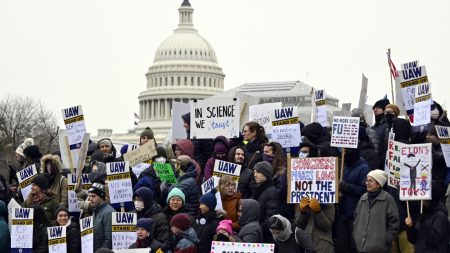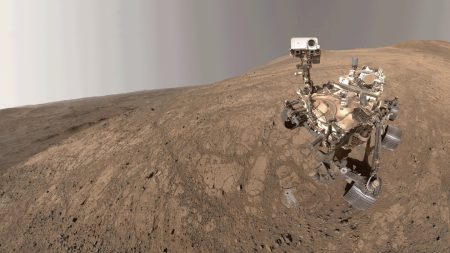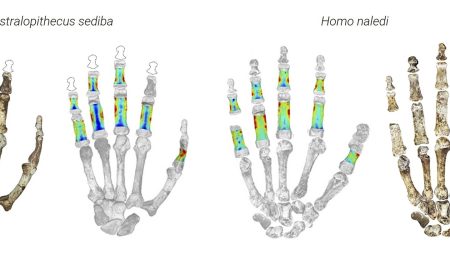The phenomenon of northern lights, known scientifically as auroras, has recently captivated people in places far from their traditional viewing spots due to heightened solar activity. As the sun approaches the peak of its 11-year solar cycle, forecasts predict an increase in these stunning light displays, which have been noted to glow in vibrant colors such as pink, purple, green, and blue. Space weather experts from NASA and the U.S. National Oceanic and Atmospheric Administration (NOAA) have highlighted that this active phase of solar activity is expected to continue for at least another year. Although the timing of when the solar activity will peak remains uncertain, observations indicate that more awe-inspiring auroras could be on the horizon, especially in areas further south than usual for such phenomena.
The implications of strong solar storms extend beyond the beauty of luminous skies; they can also disrupt essential services like power and communications temporarily. Forecasters at NOAA issue timely alerts about significant solar events to operators of power plants and servicing critical spacecraft, allowing them to prepare for potential disruptions. In May, a particularly rare severe geomagnetic storm warning was issued, leading to the strongest solar storm in over two decades. As a result, an awe-inspiring light display unfolded across the Northern Hemisphere, showcasing the impact and reach of such powerful solar events.
In tandem with this geomagnetic storm, scientists also recorded the largest solar flare in May, though Earth was fortunately shielded from its direct effects. This surge in solar activity urges caution among space weather watchers, as previous solar cycles have generated intense storms even more severe than the one experienced in May. Bill Murtagh from NOAA commented on the importance of continued vigilance, as solar fluctuations could yield unpredictable outcomes, impacting both the beauty of auroras and the integrity of technological systems on the ground and in space.
The recent display of auroras has reached unexpected locations, including Germany, the United Kingdom, New England, and even New York City. These occurrences have sparked excitement among skywatchers and have transformed typical storm viewing into a broader spectacle of natural wonder. Korreck, a NASA specialist, is optimistic about the possibility of future auroras, stating that the coming months may still provide extraordinary light shows for observers. This underscores a significant shift in patterns of aurora visibility, drawing attention to how climate and solar dynamics can dictate regional experiences of cosmic phenomena.
As scientists and agencies like NOAA continue to monitor the sun’s activity closely, they utilize a range of instruments and predictive models to gauge the strength and potential impacts of solar storms. This proactive approach to space weather enables researchers and technicians to ready themselves for possible disruptions, providing stakeholders such as energy operators with critical information on how to safeguard infrastructure against the whims of solar activity. The anticipation of more frequent auroras is coupled with a sense of responsibility, as the interconnectedness of space weather and daily life becomes increasingly evident.
In summary, the connection between heightened solar activity—particularly during its maximum phase—and the accessibility of auroras in atypical regions has become a timely subject of interest for both the scientific community and the general public. With NOAA and NASA at the forefront, the monitoring of solar cycles has implications that extend from aesthetic appreciation of the night sky to crucial operational considerations for technologies reliant on stable solar environments. As we forge ahead, understanding the dynamics of solar physics not only enriches our knowledge of the universe but also emphasizes the importance of preparation in the face of nature’s unpredictable elements.










